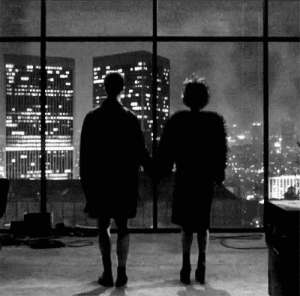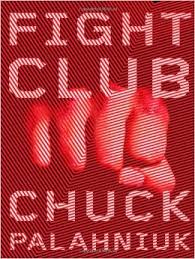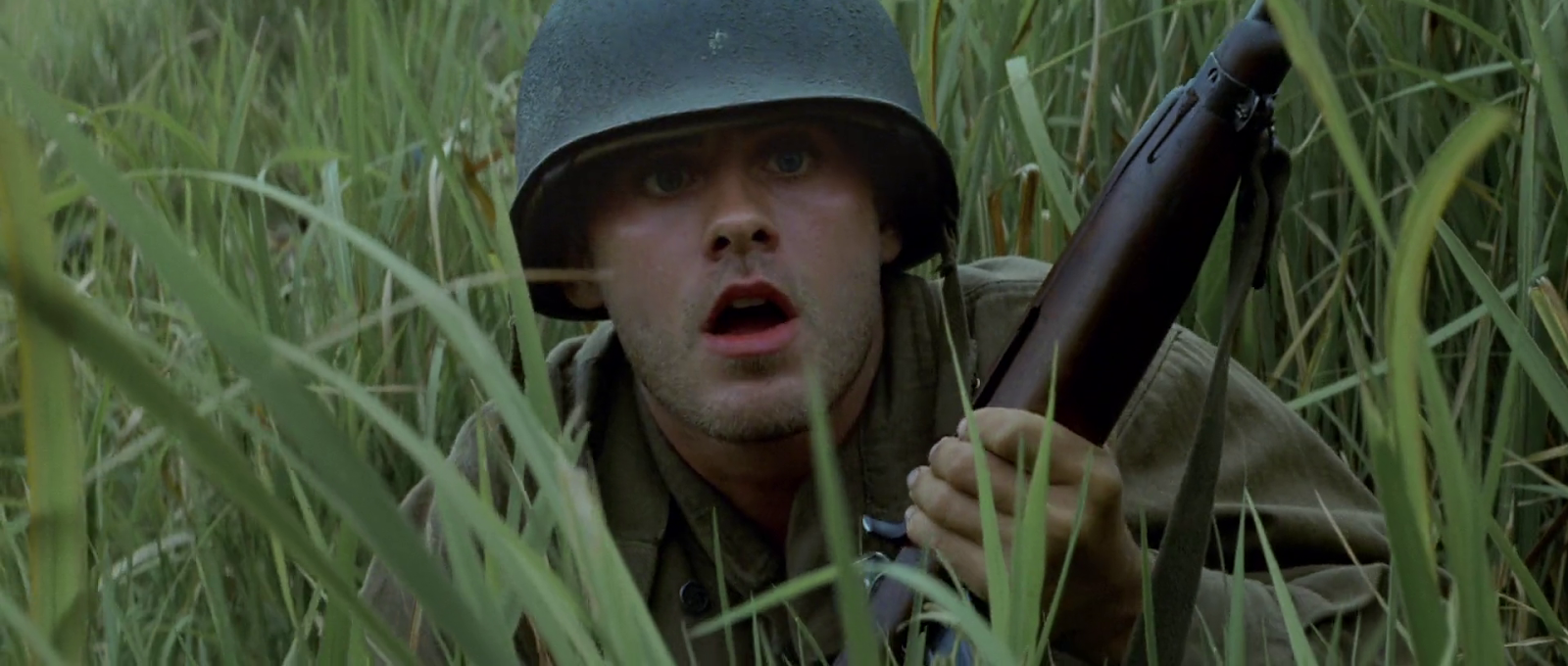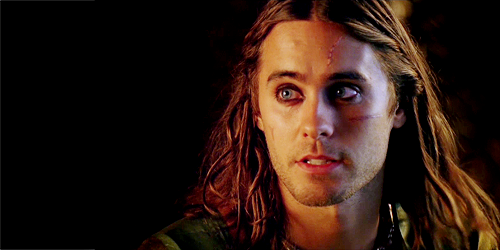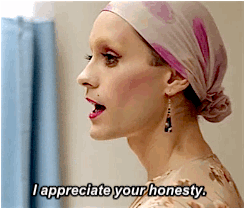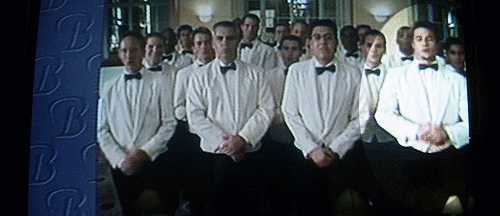Tyler Durden becomes an interesting character to look out for in Fight Club. Even before we are introduced to him, we are actually unknowingly introduced to him. He makes numerous cameo appearances before actually being introduced to us. It is especially interesting to keep track of his ‘evolution’ as a figure in each of these appearances. What do these appearances signify? I saw them as subtle clues to the audience that Tyler Durden is, in fact, a figment of Jack’s imagination. But, we cannot be too sure. These appearances all occur before Jack even meets Tyler which leads me to believe that Fincher did do this to hint at the plot twist of the film.
#1. Tyler at the copy machine
#2. Tyler in the office
#3. Tyler in the meeting
#4. Tyler on the street
#5. Tyler in the video
Besides his cameo appearances throughout the film, we can see a progression in Tyler’s appearance from meeting #1 to our final meeting with him. We first see him as this ‘cool’, eccentric soap making guy on a plane. After progressing through the movie and after we meet Marla, we see Tyler become this male version of Marla in a sense. The way they act, dress, and portray themselves to others is ALMOST IDENTICAL. It’s genius character development in a sense that these characters have become so similar except for Tyler’s ability to care for others never meets Marla’s.
In the end, we find that Tyler Durden is not a real person. Besides his ‘cameo’ appearances throughout the movie, we are presented with other evidence that he is not real. For example, when he calls Tyler’s number from the pay phone that says that it cannot accept incoming calls. So how did Tyler call Jack on this phone, you ask? My point exactly. There is really no explanation other than the fact that he IS Tyler Durden and that the actual Tyler we are presented with in the film is not real.
Another curious detail happens in the car crash. You are led to believe that Tyler is driving the car and he is the one who crashed it into a ditch; however, when the two exit the car, you have to pay extra close attention to these details. It is clear that the two get out of the car on the opposite sides therefore implying that Jack was, in fact, driving the car. So, Jack essentially punched himself throughout the film and gave himself the chemical burn. But, just to top it off he had to crash his own car.
Honestly, I really don’t think this movie is as fantastic as everyone makes it out to be. I do understand the impressive aspects that Fincher brought to film but I am not convinced that it is better than some of my favorite movies.



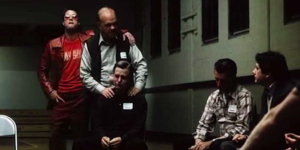
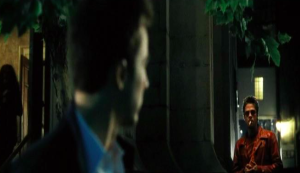
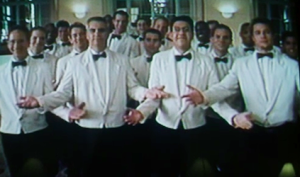
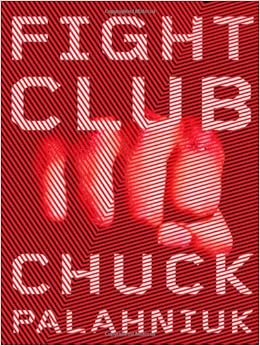 David Fincher’s 1999 movie “Fight Club” is based on Chuck Palahnuik’s book by the same name, which came out just three years before. The movie follows the same plot as the book, uses similar terminology (for example, all of the Fight Club and Project Mayhem rules are straight out of the book), and has the same characters. However, movie director David Fincher and screenplay writer Jim Uhls made five key changes to highlight different aspects of the story.
David Fincher’s 1999 movie “Fight Club” is based on Chuck Palahnuik’s book by the same name, which came out just three years before. The movie follows the same plot as the book, uses similar terminology (for example, all of the Fight Club and Project Mayhem rules are straight out of the book), and has the same characters. However, movie director David Fincher and screenplay writer Jim Uhls made five key changes to highlight different aspects of the story.